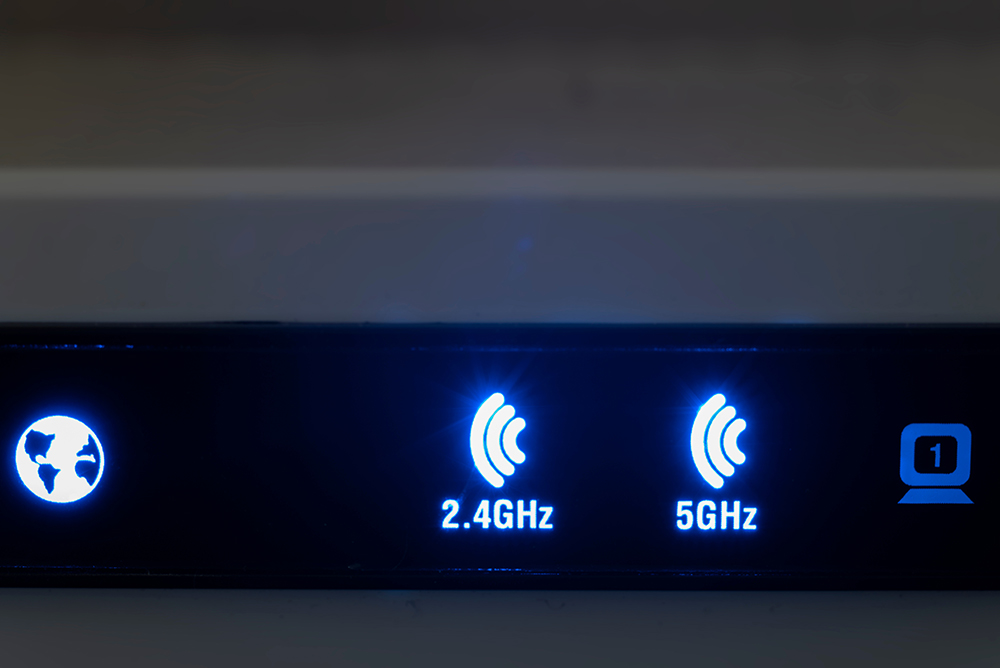The most important thing you can do for your business is to make sure that it’s running at peak performance. Ensuring that your IT solutions are up-to-date, stable, secure, and reliable will help you achieve this goal. In today’s article, we will discuss how to reduce downtime and increase productivity to benefit your business by making sure that your IT infrastructure is as efficient as possible.
Table of Contents
What Is Downtime?

Let’s talk about what downtime means in terms of your business. Downtime is when your website goes down, your email server crashes, or when your network connection fails. If any of these things happen, your business is not operating at its full potential. If you want to grow your business, you need to make sure that all of your systems are working correctly. This includes everything from your hardware to your software.
A common misconception among business owners is that downtime is bad. They believe that downtime means something has gone wrong with their business and must therefore suffer financially. Unfortunately, this isn’t entirely true. Downtime refers to periods when your business is offline, whether for routine maintenance, preventative maintenance, or unexpected downtime. In other words, sometimes downtime is necessary.
When you run a business, you need to be able to access your data 24 hours a day, seven days a week. However, sometimes you don’t have enough resources to do this. For example, if you were running a restaurant and suddenly lost power for several hours, you would lose sales.
Similarly, if you were running an online store and your website went down, you’d also lose sales. As a result, downtime can lead to financial losses. Fortunately, you can avoid this by ensuring that your business always has some form of backup.
The best way to achieve this is through cloud-based solutions. Cloud-based solutions allow you to access your data remotely. This means that even if your physical location suffers a disaster, you’ll still be able to continue operating normally.
Another advantage of cloud-based solutions is that they provide redundancy. If one part of your network fails, another part will automatically start functioning again. What’s more, you won’t have to pay extra for additional hardware. Instead, the cost of using a cloud-based solution is included in your monthly subscription fee.
How Much Does Downtime Cost A Company?

Three factors affect this figure if you want to know how much overruled downtime costs a business. The cost of downtime directly relates to the amount of downtime, length of downtime, and how much your business earns per hour. Let’s take a look at each of these factors.
Amount Of Downtime
The first factor that affects downtime is the amount of downtime itself. In other words, how many hours does the downtime last? It’s important to remember that downtime doesn’t mean everything has failed. Instead, it just means that your business is temporarily unable to function as expected. This may include a loss in production, slower production speed, and efficiency loss.
For example, let’s say that your business runs 24/7, 365 days a year. Then, imagine that there was a fire in your warehouse during the night. Your business would suffer a loss of revenue until the fire department arrived. However, most of your staff could carry out their usual duties during this time because only the warehouse was affected. So, while your business is offline, you can still make payments, process orders, etc.
Length Of Downtime
The second factor that affects downtime is its duration. In other words, how long does it typically last? It’s worth noting that more hours of downtime lead to a more significant impact on your business.
For example, a few minutes of downtime may not cause any problems. But, if your business goes down for several hours, customers might become frustrated or angry. They may decide to leave your business altogether. In addition, when your business is offline, it’s harder to attract new clients. As a result, you’ll need to spend more time marketing yourself and promoting your brand.
How Much Revenue Does Your Business Generate Per Hour?
The third factor that affects downtime is how much your business earns per hour. In other words, what is your average hourly rate? If your business generates $1,000 per hour, you can expect to lose $1,000 every hour that your business isn’t working. Of course, this will vary depending on whether you have fixed costs or variable costs. The higher your hourly rate, the greater your actual downtime cost becomes.
What Are The Causes Of Downtime Events?
There are two main reasons businesses experience downtime: hardware failure and human error.
Hardware failure includes power surges, network issues, and server crashes. For example, a software bug could be triggered by a sudden spike in traffic. Or, a hardware problem could lead to a system crash. Regardless of the reason, downtime can be extremely costly.
If you have a small business, the chances are that you don’t have an entire team dedicated to maintaining your IT infrastructure. Instead, you may rely on one person to manage multiple tasks such as updating your servers, installing new applications, troubleshooting issues, etc. While having only one person responsible for managing your IT infrastructure might seem like a good idea, it is counterproductive because it causes problems and leads to human error.
If you have only one person responsible for handling all of your IT needs, they end up getting overwhelmed with too many responsibilities. They also tend to focus on just one aspect of their job instead of the bigger picture.
On the flip side, downtime can also be caused by carelessness. For example, an employee could accidentally delete a file, which leads to a system crash. Unfortunately, operator error is often difficult to predict. However, it’s not unpreventable. So, you must implement adequate systems and processes and conduct ongoing training of maintenance staff and employees to avoid potential breakdowns and minimize downtime.
How Can I Minimize My Business’ Downtime?
To help reduce downtime, it’s crucial to prevent potential problems from occurring. This includes implementing robust systems and processes, training employees properly, and regularly testing your infrastructure. However, even with these precautions, downtime is inevitable. Therefore, it’s essential to plan and invest in an internet failover to minimize downtime if and when it occurs.
An internet failover allows your business to continue operating even when one of your servers fails. It’s similar to having a backup computer ready to take over whenever your primary computer fails. You can use an internet failover as part of your disaster recovery strategy. This means that you can switch between your primary and secondary computers without losing data.
Internet Failovers Are Easy To Implement
Fortunately, installing an internet failover is relatively simple and is usually less expensive than your primary internet connection, and it will minimize your business downtime costs. It involves connecting your internet service provider to another ISP via a private IP address.
Once connected, both ISPs share the same public IP address. As a result, all your devices connect directly to the second ISP instead of going through your original ISP. When your first ISP experiences technical difficulties, your DNS settings will allow you to make a smooth transition to the second ISP. Your devices automatically reconnect to the second ISP, ensuring your website stays online, thus minimizing your business’ downtime.
Invest In A Preventative Maintenance Program
Investing in technology upgrades and initializing a preventive maintenance plan is more cost-effective than repairing broken equipment. If you have regular checks scheduled, you’ll know when something needs fixing before it breaks down completely. Plus, preventive maintenance software helps you identify potential problems early, which reduces unplanned downtime. For example, you might schedule monthly maintenance for your server. This way, you’ll know when it needs replacing. An annual inspection will allow you to catch minor issues before they become significant problems.
Regular maintenance isn’t just limited to physical items. Software updates are also important. For instance, if you run WordPress, you should update it regularly. This ensures that your site remains secure and stable.
You can also use predictive maintenance tools to monitor your network and your IT infrastructure to help identify potential risks. These tools can detect changes in traffic patterns or unusual activity. These monitoring tools will alert you whenever there are any issues and help you avoid costly repairs.
Your business’ approach to maintenance varies depending on how much money you spend on hardware versus software. The best solution depends on your budget and the type of services you offer.
Wrapping Up
We must take steps to prevent downtime, even though some downtime is inevitable. However, by investing in preventative maintenance and an internet failover, you can significantly reduce the amount of downtime your business experiences.
The battle against downtime is never-ending. But with the right cloud storage solutions, you can minimize the impact of outages. And with an internet failover, your business can seamlessly switch from one internet connection to another to avoid hours of downtime. We hope you now know how to reduce downtime and increase productivity in your workplace and if you have any questions or comments, please send us a message.






Recent Comments